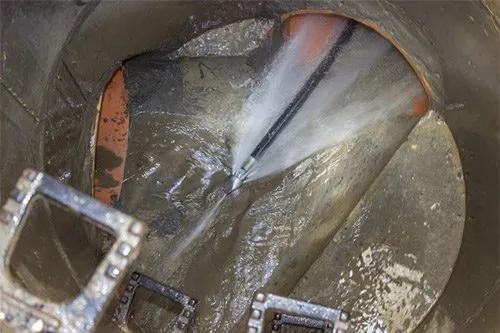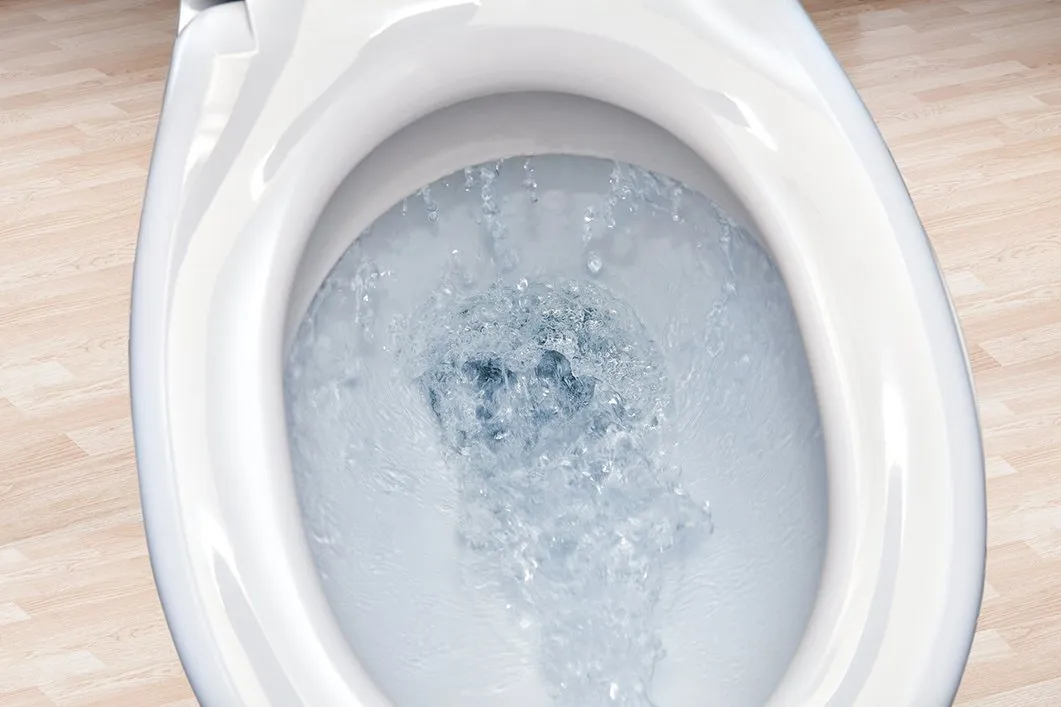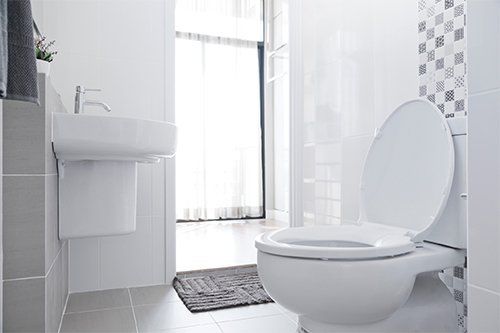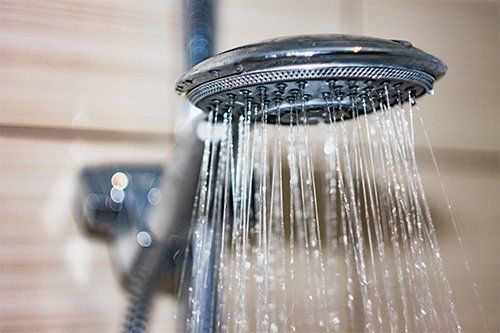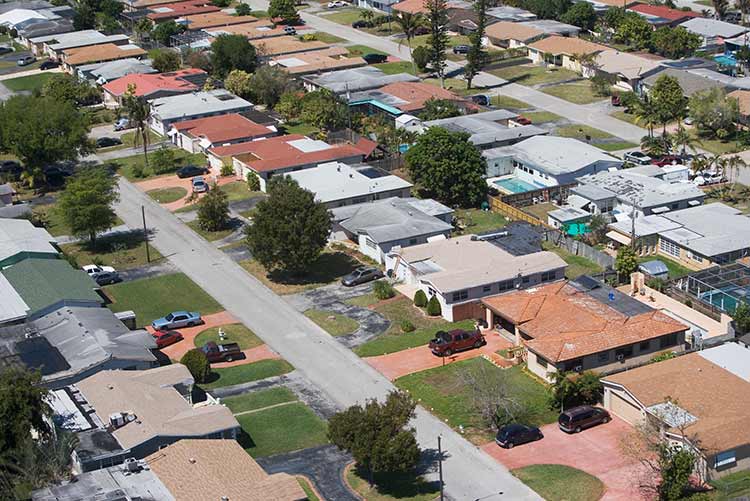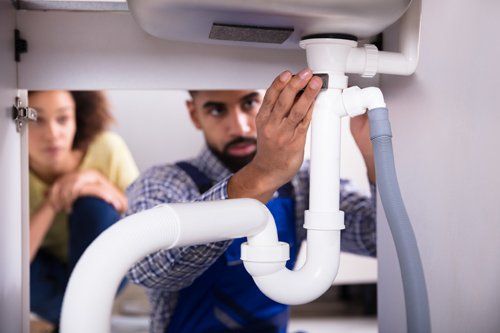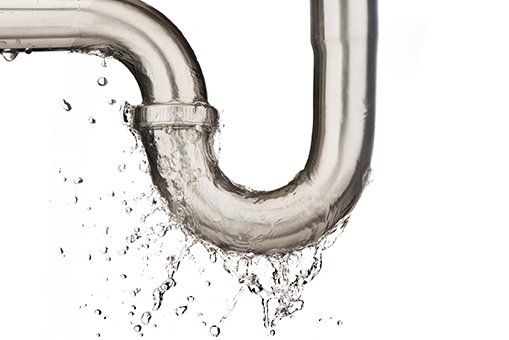Don't Get Mad, Get Moody!
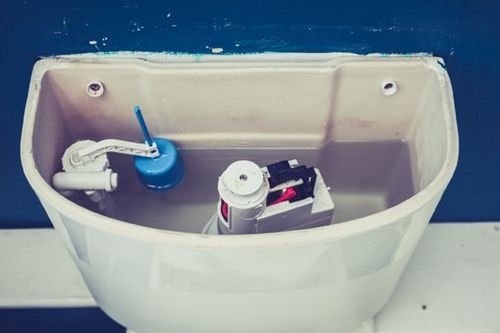
Many homeowners across the country are starting to see the benefits of reducing the water use and water waste of their plumbing fixtures. It's easy to install a low-flow aerator for your faucet and a low-flow valve for your showerhead, but the options are a little more complex when it comes to toilets.
Whether you've recently installed a bidet and would like to offset the water usage it requires or whether you're just tightening up water usage across the board, use the three ways mentioned in this guide to make your toilet's water tank more efficient.
Install a Water Saving Fill Valve
Water saving fill valves save water that would otherwise be wasted during the refill stage after flushing. An experienced plumber can install a fill value for you relatively quickly and easily, and this upgrade can allow you to save water without the expense of installing a dual-flush toilet.
The water saving fill valve fixes a somewhat wasteful habit of older standard toilets. When you flush a toilet with this feature, water starts to flow in through the fill valve. The water goes to two places: the bowl and the tank. The bowl fills up faster, but when it's full, the excess water goes down the drain until the tank is full as well.
This means that a standard fill valve can often waste a gallon of water per flush. Water saving fill valves have calibration capabilities that allow you to change the fill rate of the bowl in relation to the fill rate of the tank. You can calibrate it so that they finish filling at the same time, reducing waste.
Make the Tank Fill Capacity Smaller
You may have heard the folk remedy of putting a brick into your tank. However, plumbers do not recommend using a brick, since these can eventually deteriorate in water and damage the interior of your toilet. However, you can use a two-liter bottle if there's room in the tank. To do this, simply fill the bottle with water and stand it in the tank to reduce the space available for water.
You should test the toilet's flushing power after making this adjustment and then readjust (by using a smaller bottle, for example) if necessary. This way you'll ensure that your toilet will have enough water to flush with. If the tank doesn't have enough water, then it will flush incompletely, thus requiring additional flushes and potentially wasting even more water than before.
Adjust the Tank Fill Line Down
The float in the tank dictates how full the tank fills after each flush. If you think your toilet is still using more water than it needs, then you can adjust the position of this float downwards. This lowers the tank fill line, thereby reducing the amount of water drawn into the tank after flushing.
If you're not confident in your ability to adjust these parts correctly, then you can discuss it with your plumber, who can show you how to do it and how to tell if you've done it right.
Replace Your Toilet With a Water Sense Model
If you decide that you won't be satisfied until your toilet uses as little water as possible or that the above options sound too complex, then a more efficiently designed model is worth the price.
After all, a standard toilet isn't designed to flush well on very little water, so you can only reduce its usage to a certain point before you start experiencing malfunctions. A Water Sense model (certified efficient by the EPA) is designed with low water usage in mind, and won't malfunction as it reduces your water wastage.
Whether you're looking to replace, retrofit, or simply adjust your toilet, these four methods can help. If you'd like further advice or guidance on water efficiency, then get in touch with our team at Moody Plumbing Inc. today.
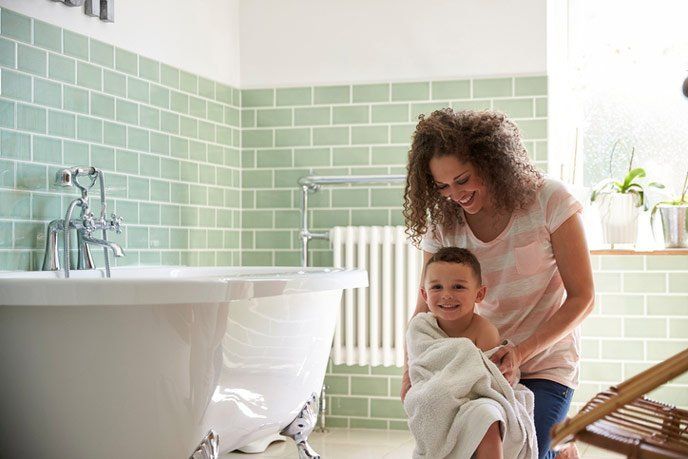
Contact Information
4100 Nw 120th Ave Coral Springs, Florida 33065 United States
OFFICE Hours
- Mon - Fri
- -
- Sat - Sun
- Closed
Emergency Services Available
Payment Options







